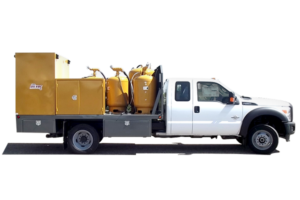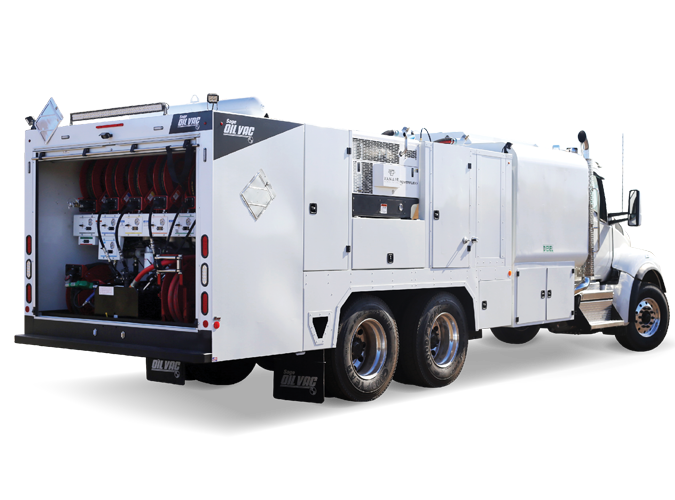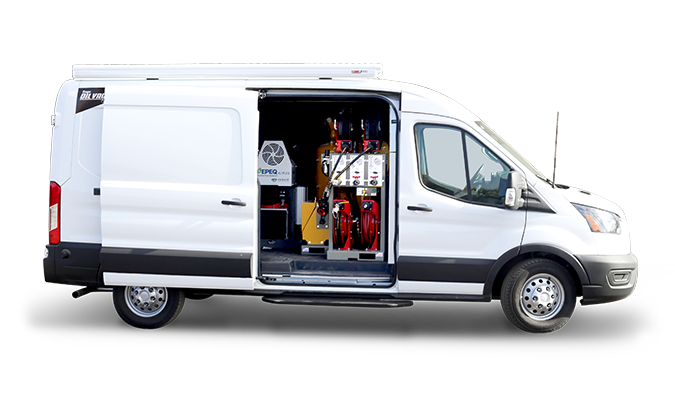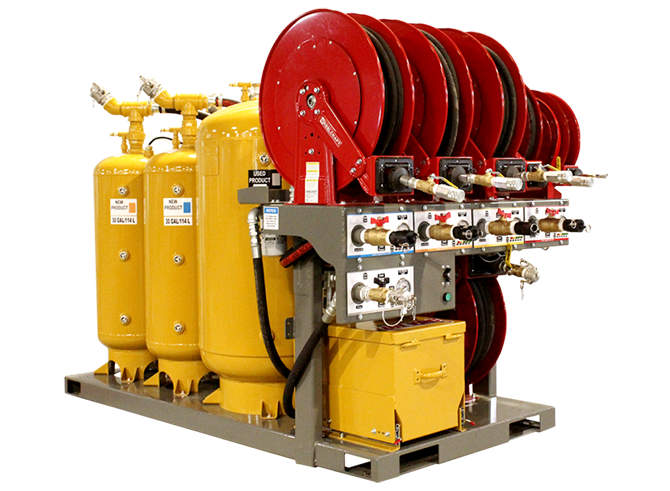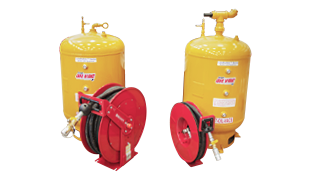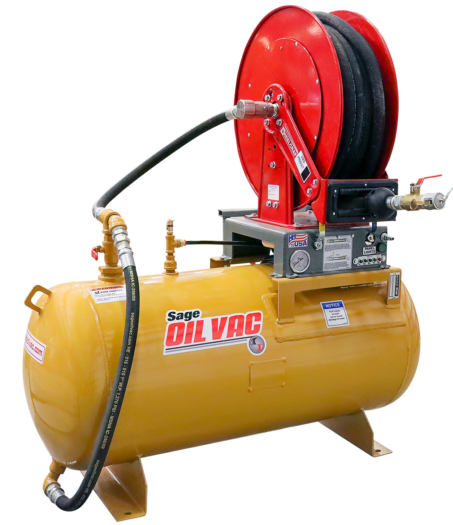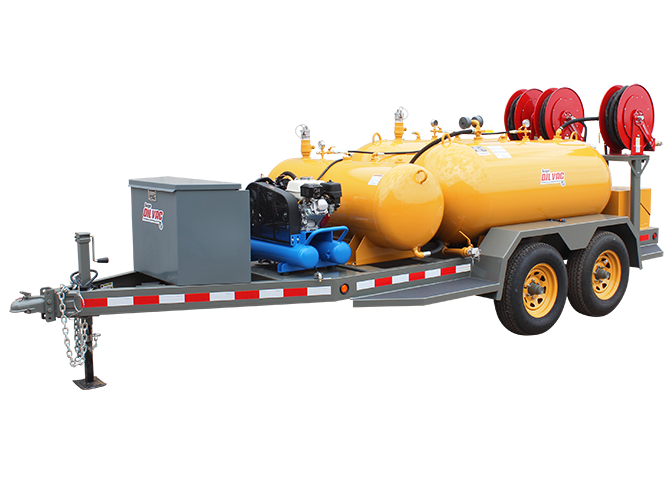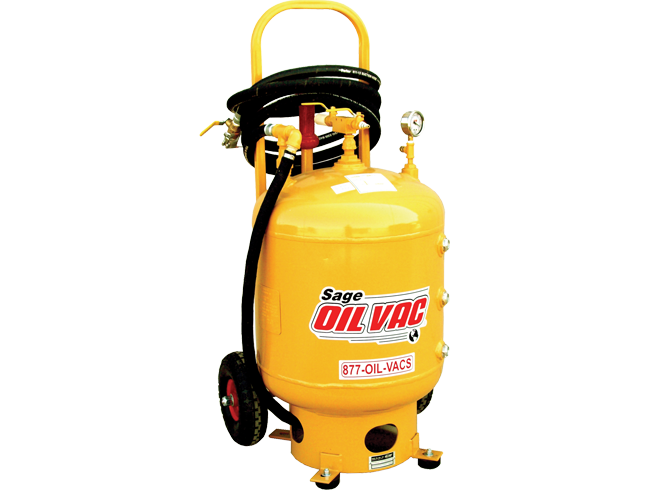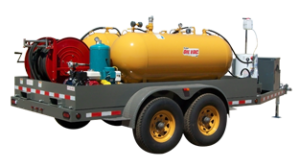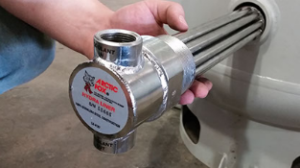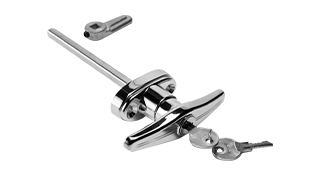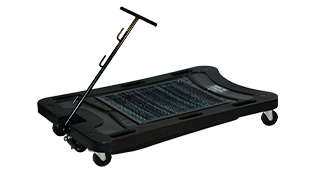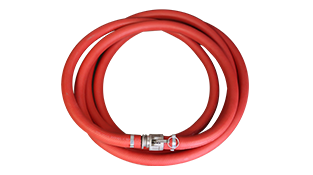Proactive Maintenance Squeezes More From Aging Fleets
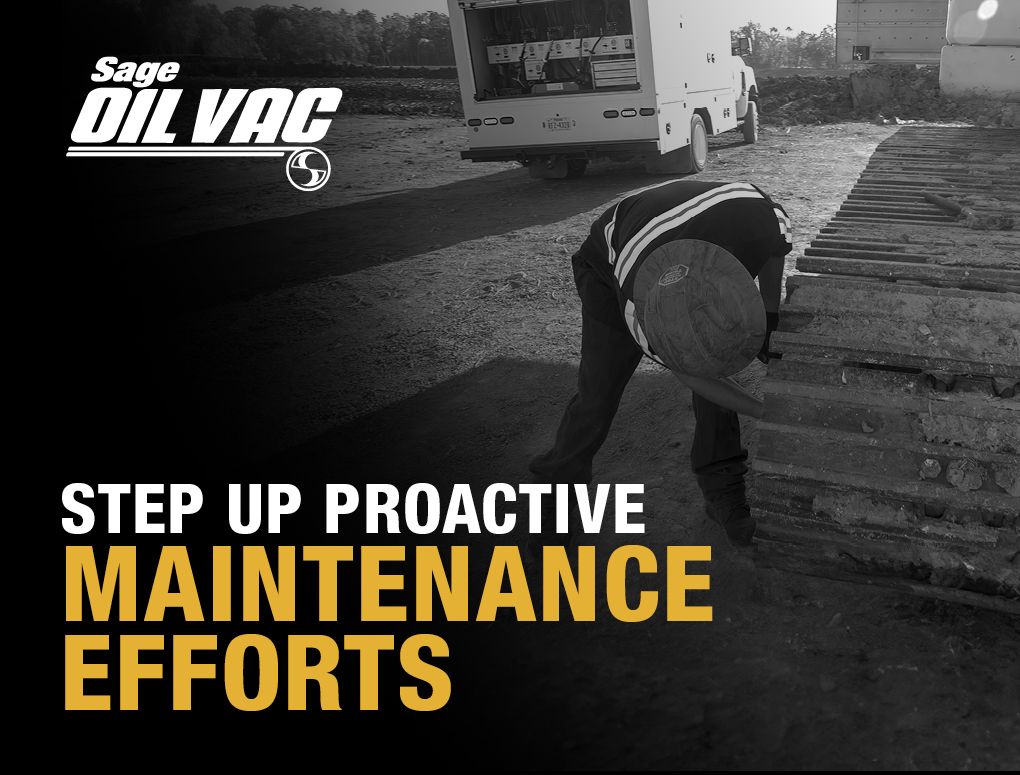
Let’s face it. Difficulty sourcing new equipment means you will need to ask more from aging fleets. Extending equipment life cycles with proactive maintenance and filling gaps with used machines are common coping strategies to deal with shortages and economic uncertainty.
Despite the end of the COVID-19 pandemic, the construction equipment supply chain is still struggling to find a new normal. Several factors contributed to this crisis. The COVID-19 pandemic disrupted global supply chains, causing production shutdowns, labor shortages and transportation bottlenecks. Manufacturing plants faced temporary closures and reduced capacities, leading to delays in equipment production.
At the same time, the rapid growth of infrastructure projects in emerging economies, such as China and India, significantly increased the demand for construction equipment. Manufacturers struggled to keep up with this heightened demand, making recovery in the supply chain even more difficult.
Continued supply chain constraints are inflating prices for construction equipment, extending project timelines and increasing competition for limited resources. As a result, many businesses have been forced to keep existing machines in the fleet longer, purchase used equipment or rent to fill the gaps.
Gain significant edge with proactive maintenance strategy
But how do you maintain productivity with an aging equipment fleet? The answer lies in stepping up proactive maintenance efforts. By implementing regular proactive maintenance practices, you can minimize downtime, enhance productivity and ultimately prolong the life of your equipment.
A thorough preventive maintenance plan helps you identify and address potential issues before they escalate into major problems. Routinely examining components, replacing worn-out parts and conducting necessary repairs boosts machine uptime. Regular lubrication and timely fluid exchanges ensure that equipment operates at optimal levels, reducing the likelihood of sudden breakdowns or malfunctions.
Stay on schedule
Now is the time to closely examine your proactive maintenance practices and explore solutions that can keep up with manufacturer-recommended service intervals. This includes properly managing your preventive maintenance parts inventory. You’ll need parts available when service comes due, along with a buffer to address any unexpected events.
Staying on top of the manufacturer-suggested maintenance schedules is your best insurance against downtime with aging fleets. Can your mobile lube solutions keep pace? Fleet size, the distance between jobsites, and fluid types and quantity needed to service all equipment on a site all factor into the best fluid maintenance solution.
The actual speed of the fluid exchange is another important consideration. For example, the Sage Oil Vac pump-free design can fill products at a rate of up to 20 gallons per minute and vacuum hot motor oil from equipment at up to 6-8 gallons per minute. This is much faster than conventional pump-based fluid exchange systems. The time savings translate into more machines serviced per day.
Every fleet is different, requiring a unique solution tailored to address its proactive maintenance challenges. Sage Oil Vac understands there is no one-size-fits-all solution. That’s why there’s a complete line of preventive maintenance parts, lube carts, skids, trailers and trucks to fit the needs of any fleet.
Investing time and resources into preventive maintenance is a wise decision that pays off in the long run, especially in the current environment with aging fleets. Contact Sage Oil Vac to discuss your preventive maintenance options.




